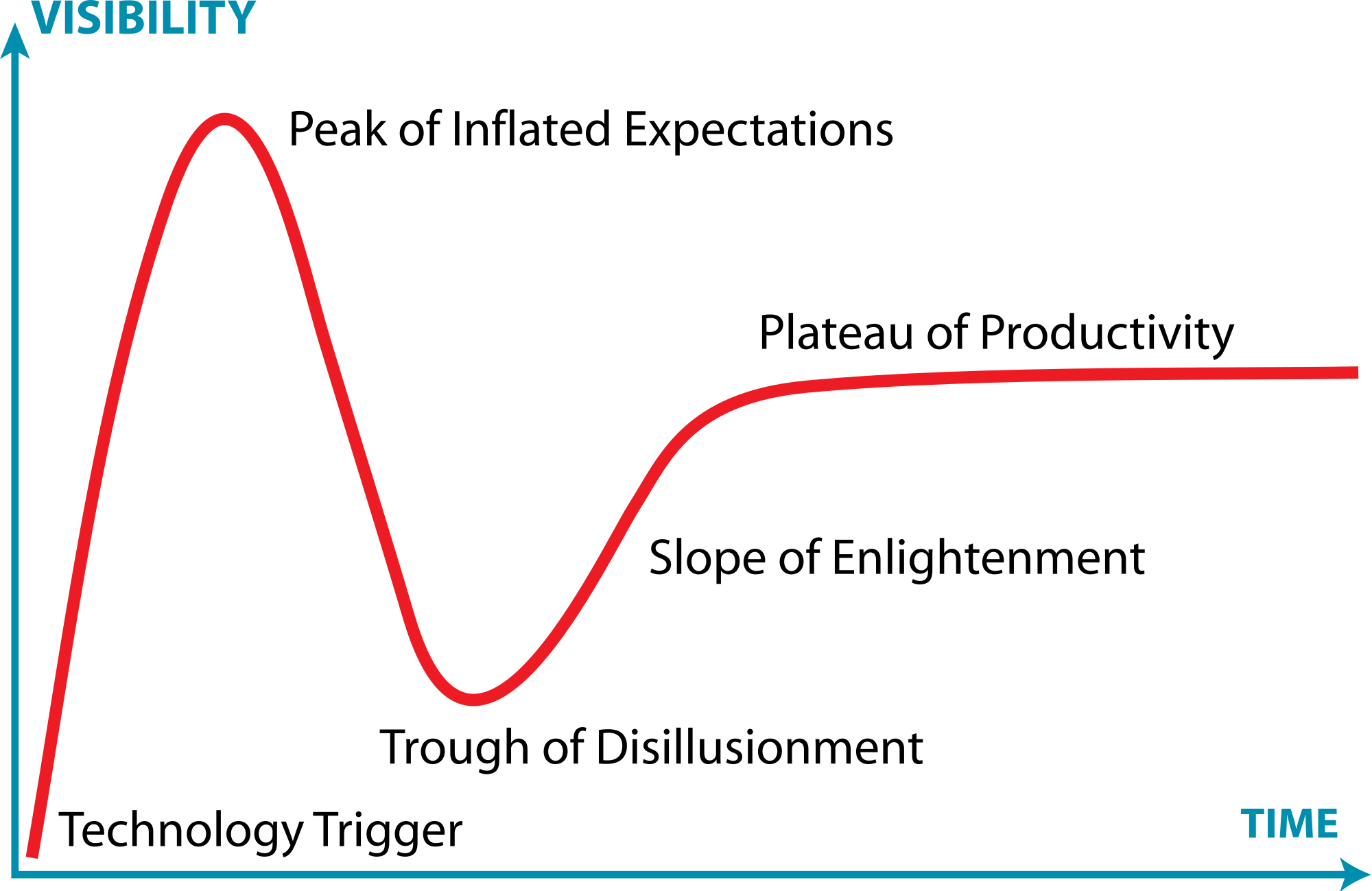Oct 06, 2014
Is the metaverse still alive?
In the last decade, online virtual worlds such as Second Life and alike have become enormously popular. Since their appearance on the technology landscape, many analysts regarded shared 3D virtual spaces as a disruptive innovation, which would have rendered the Web itself obsolete.
This high expectation attracted significant investments from large corporations such as IBM, which started building their virtual spaces and offices in the metaverse. Then, when it became clear that these promises would not be kept, disillusionment set in and virtual worlds started losing their edge. However, this is not a new phenomenon in high-tech, happening over and over again.
The US consulting company Gartner has developed a very popular model to describe this effect, called the “Hype Cycle”. The Hype Cycle provides a graphic representation of the maturity and adoption of technologies and applications.
It consists of five phases, which show how emerging technologies will evolve.

In the first, “technology trigger” phase, a new technology is launched which attracts the interest of media. This is followed by the “peak of inflated expectations”, characterized by a proliferation of positive articles and comments, which generate overexpectations among users and stakeholders.
In the next, “trough of disillusionment” phase, these exaggerated expectations are not fulfilled, resulting in a growing number of negative comments generally followed by a progressive indifference.
In the “slope of enlightenment” the technology potential for further applications becomes more broadly understood and an increasing number of companies start using it.
In the final, “plateau of productivity” stage, the emerging technology established itself as an effective tool and mainstream adoption takes off.
So what stage in the hype cycle are virtual worlds now?
After the 2006-2007 peak, metaverses entered the downward phase of the hype cycle, progressively loosing media interest, investments and users. Many high-tech analysts still consider this decline an irreversible process.
However, the negative outlook that headed shared virtual worlds into the trough of disillusionment maybe soon reversed. This is thanks to the new interest in virtual reality raised by the Oculus Rift (recently acquired by Facebook for $2 billion), Sony’s Project Morpheus and alike immersive displays, which are still at the takeoff stage in the hype cycle.
Oculus Rift's chief scientist Michael Abrash makes no mystery of the fact that his main ambition has always been to build a metaverse such the one described in Neal Stephenson's (1992) cyberpunk novel Snow Crash. As he writes on the Oculus blog
"Sometime in 1993 or 1994, I read Snow Crash and for the first time thought something like the Metaverse might be possible in my lifetime."
Furthermore, despite the negative comments and deluded expectations, the metaverse keeps attracting new users: in its 10th anniversary on June 23rd 2013, an infographic reported that Second Life had over 1 million users visit around the world monthly, more than 400,000 new accounts per month, and 36 million registered users.
So will Michael Abrash’s metaverse dream come true? Even if one looks into the crystal ball of the hype cycle, the answer is not easily found.
22:36 Posted in Blue sky, Serious games, Telepresence & virtual presence, Virtual worlds | Permalink | Comments (0)







The comments are closed.